Are you looking for innovative and effective ways to teach rhythm to your elementary music students? Many educators understand the challenge of making rhythm concepts both accessible and engaging. This is where the power of rhythm syllables like “ta” and “ti-ti,” and especially “Ti Songs,” comes into play. As music educators trained in methodologies like Kodály, we strive to create resources that are adaptable for teachers of all backgrounds, while staying true to proven pedagogical sequences. Let’s explore how incorporating concept-specific resources, particularly those focusing on “ti songs,” can transform your rhythm instruction.
Having spent years immersed in the Kodály methodology through extensive training at Portland State and Colorado State University, studying under luminaries like Susan Brumfield, Sue Liethold-Bowcock, and Ann Eisen, I’ve come to appreciate the nuances of rhythm pedagogy. Each master teacher offered unique insights, and while some techniques became classroom staples, others remained gems to be rediscovered in workshop notes or level materials. The journey of a music teacher is one of continuous refinement, adapting and tweaking proven methods to resonate with individual teaching styles and the specific needs of students.
When I began developing resources for concepts like rhythm, I was mindful of providing practical tools without oversimplifying the art of teaching. It’s crucial to remember that concept plans are personal and should reflect your unique teaching approach. The beauty of music education lies in the myriad of ways we can prepare and practice rhythmic elements. There isn’t one “right” way, but rather a vast landscape of wonderful and effective activities. The goal is to equip teachers with resources that highlight the critical attributes of each rhythmic element, making the preparation, presentation, and practice stages clear and engaging.
This led to the creation of a concept-specific packet designed to focus on the foundational rhythm syllables: Ta and Ti-Ti. This collection provides adaptable resources suitable for preparing, presenting, or practicing these essential rhythms.
Inside the “Ti Songs” and Ta & Ti-Ti Resource Packet
At the heart of this resource are 10 adaptable PDF files, designed for flexibility. Think of them as your rhythmic PowerPoint slides, easily projected or converted to PDFs for digital use. These slides are structured to support you in each phase of rhythm instruction: preparation, presentation, and practice of Ta and Ti-Ti.
The packet includes notation for 15 carefully selected ti songs, chants, and rhythm games. These aren’t just any songs; they are chosen to effectively demonstrate and reinforce the “ta” and “ti-ti” rhythmic patterns. Flashcards for “ta” and “ti-ti” are also included, providing a visual aid for your students. Here’s a glimpse of the ti songs and materials included in the collection:
To further solidify learning, the resource pack also contains worksheets in both color and black and white. These worksheets provide varied practice opportunities, ensuring students can engage with the concepts in different ways.
A Closer Look at the PDF Slides: Structure and Adaptability
Each PDF within the packet follows a consistent structure, making it easy to navigate and select the slides that best suit your lesson objectives. Let’s take a peek at the slide types you’ll find:
Lyric Slides
Starting with the words, lyric slides present the ti song text clearly, allowing students to focus on the melody and rhythm in a familiar context.
Beat Slides
Following the lyrics, beat slides visually represent the steady beat of the ti song. These slides help students internalize the pulse before focusing on specific rhythms.
Rhythm Preparation Slides
Iconic representation takes center stage in rhythm preparation slides. These visuals help students understand the underlying rhythm patterns of the ti song before introducing standard notation.
Presentation Slides
Transitioning to symbolic representation, presentation slides introduce standard notation for “ta” and “ti-ti,” shown both with and without note heads. This caters to different learning stages and preferences.
Application and Practice Slides
Knowledge application is key. Slides immediately apply the learned notation to the ti song, followed by practice slides that offer opportunities for reading and reinforcing rhythm patterns. These practice slides are presented with varying levels of notation support, including versions with and without note heads, suitable for both immediate and later practice sessions.
Complementary Worksheets for Enhanced Learning
Each of the 10 PDFs is paired with two distinct worksheets, available in both vibrant color and practical black and white, offering flexibility for printing and resource management.
One worksheet type is a rhythm chart, providing a structured space for students to visually organize and understand rhythm patterns within the ti songs.
For post-“ta” and “ti-ti” practice, rhythm strips are included. The resource suggests printing each rhythm set on different colored paper. This color-coding strategy simplifies classroom assessment – at a glance, you can check for rhythmic accuracy by observing the colors students are holding. These strips are designed for repeated use across all 10 ti songs, streamlining preparation and organization.
A writing worksheet accompanies each of the 10 PDF ti song resources, offering another avenue for students to engage with and demonstrate their understanding of “ta” and “ti-ti.”
Rhythm Preparation Cards: A Visual and Interactive Approach
One of the most engaging components is the rhythm preparation cards. These visual aids are designed to prepare students for “ta” and “ti-ti” in an interactive way. Cards are available for each of the 10 PDFs, featuring hearts representing beats on a chart. Students deduce the rhythm of the ti song by interpreting these visual cues. “Jean Jean” is showcased as an example:
The heart chart, designed to accommodate up to 16 beats, serves as a versatile tool for visual rhythm representation.
As students progress with “ta” and “ti-ti,” these cards facilitate the transition from iconic to symbolic rhythm representation. Initially, only heart icons are used, prompting students to decipher the rhythm aurally.
Subsequently, iconic cards are replaced with rhythmic notation cards, solidifying the link between sound, icon, and symbol.
The heart chart can be adapted for standing display using paperclips to secure cards, enhancing visibility and classroom interaction.
This method of replacing icons with rhythms on the chart visually reinforces the symbolic representation of rhythm.
This comprehensive “Ti Songs” and Ta & Ti-Ti resource packet is available now at my Teachers Pay Teachers store. Elevate your rhythm teaching with these engaging and adaptable materials!
[


 Slide2.jpg
Slide2.jpg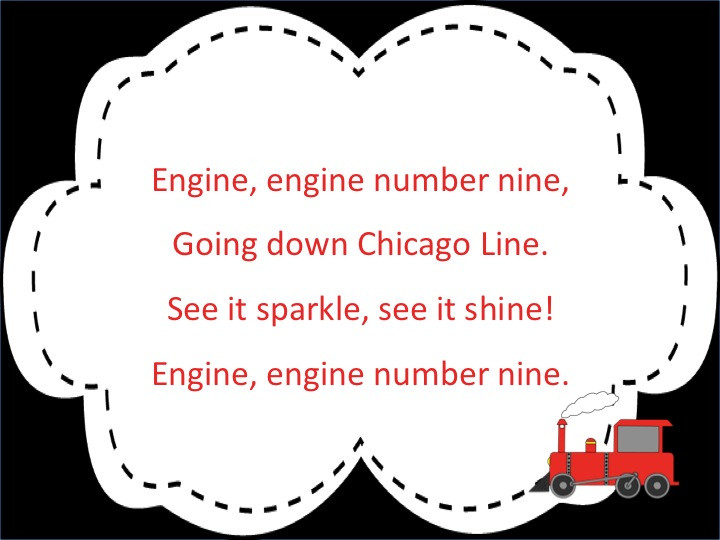 Slide03.jpg
Slide03.jpg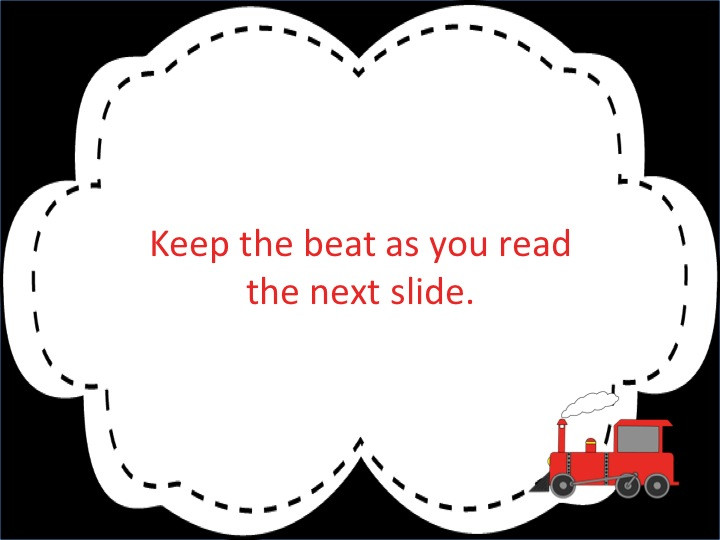 Slide04.jpg
Slide04.jpg Slide05.jpg
Slide05.jpg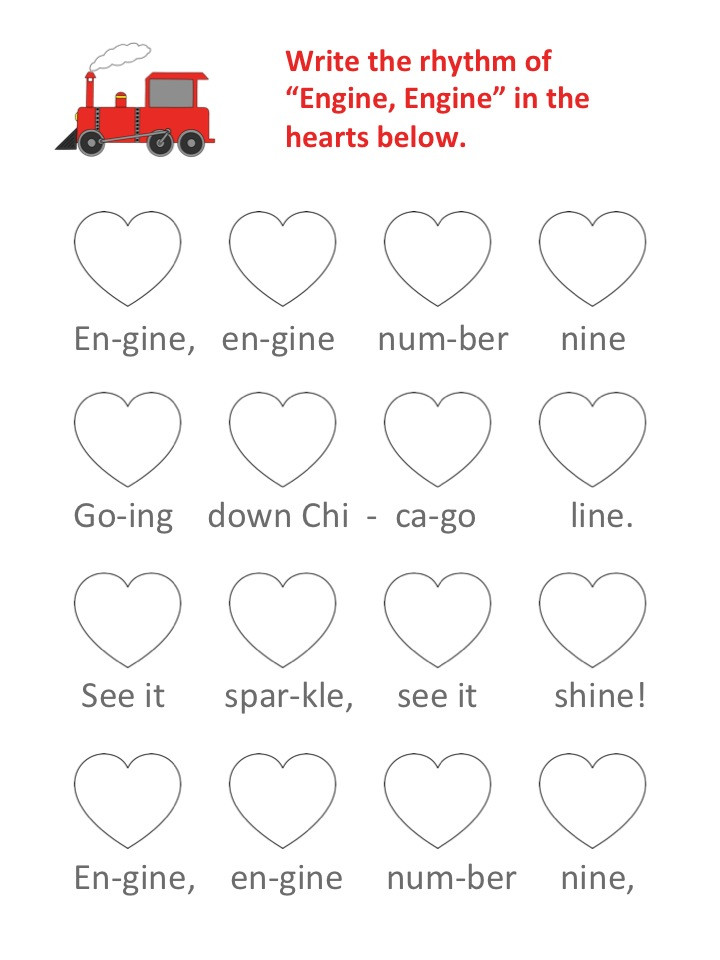 Slide06.jpg
Slide06.jpg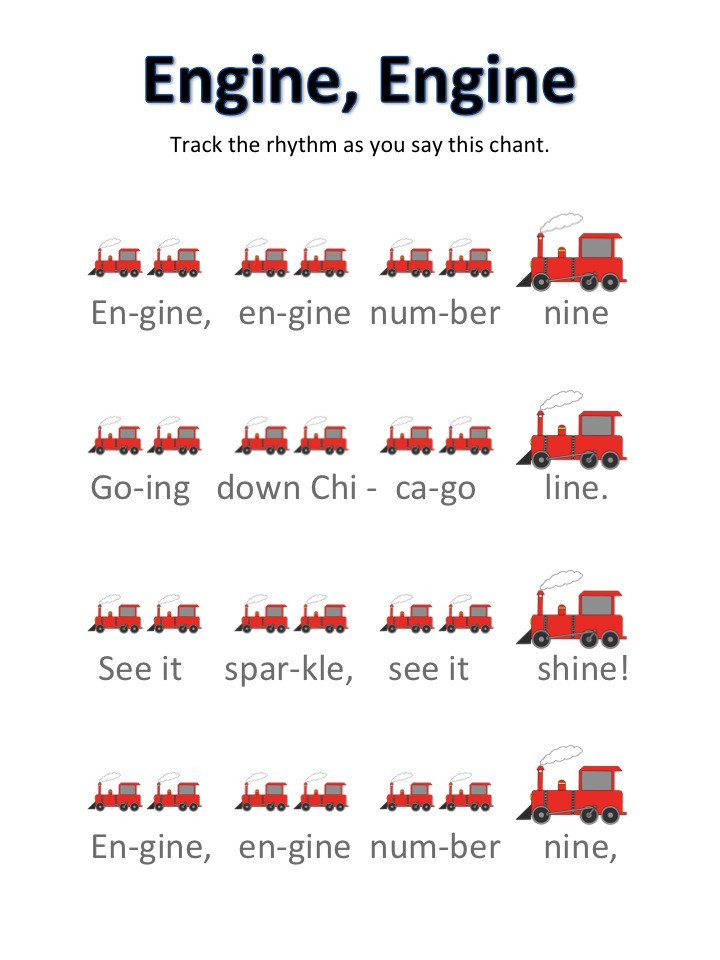 Slide07.jpg
Slide07.jpg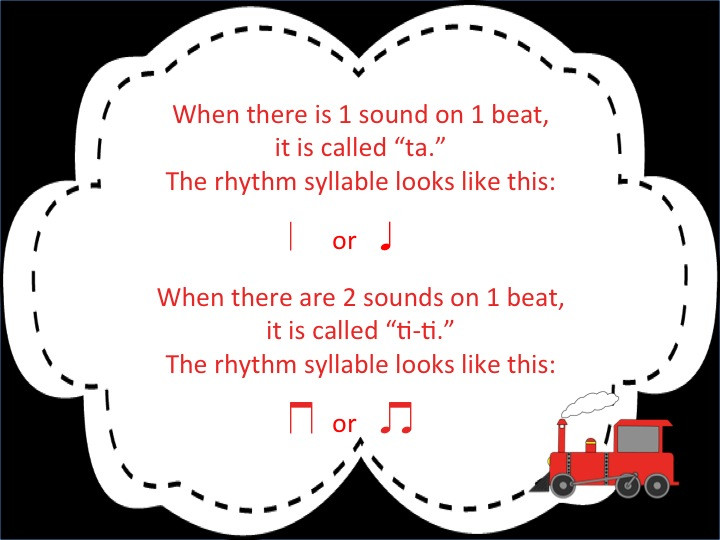 Slide08.jpg
Slide08.jpg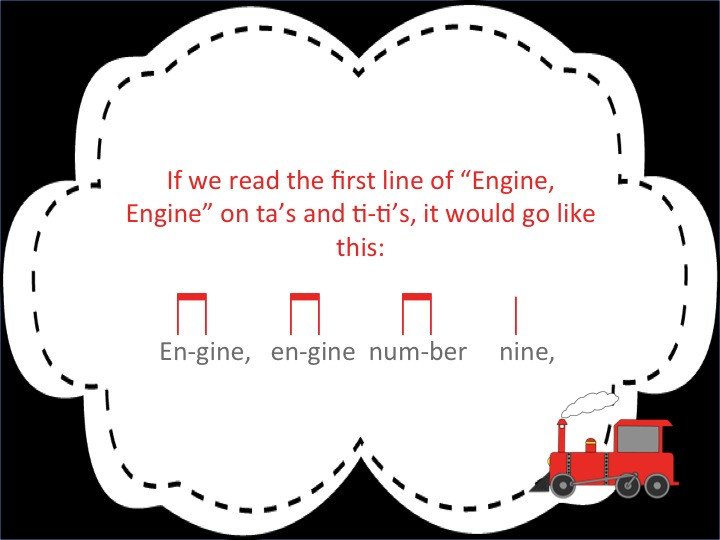 Slide09.jpg
Slide09.jpg Slide10.jpg
Slide10.jpg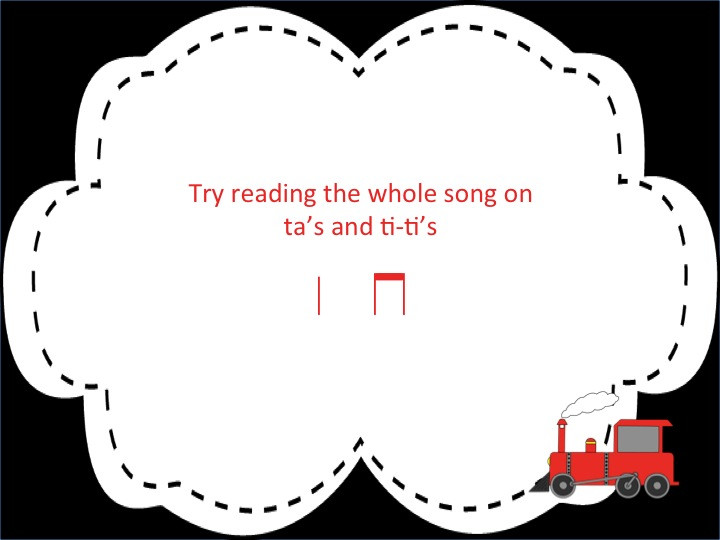 Slide11.jpg
Slide11.jpg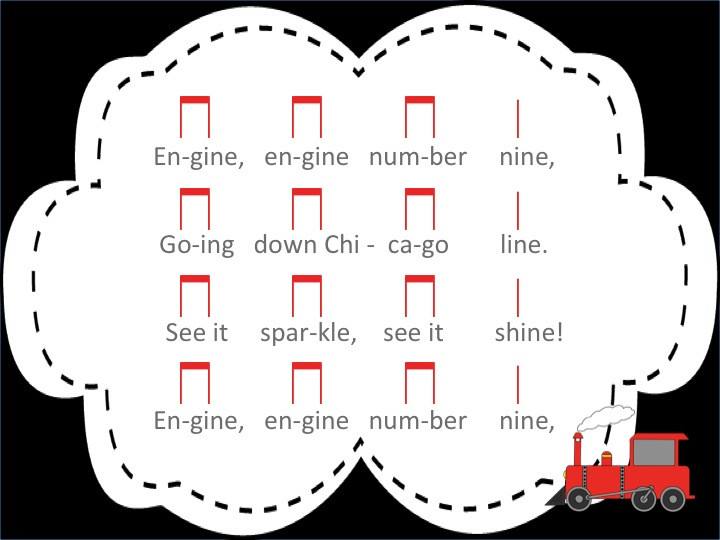 Slide12.jpg
Slide12.jpg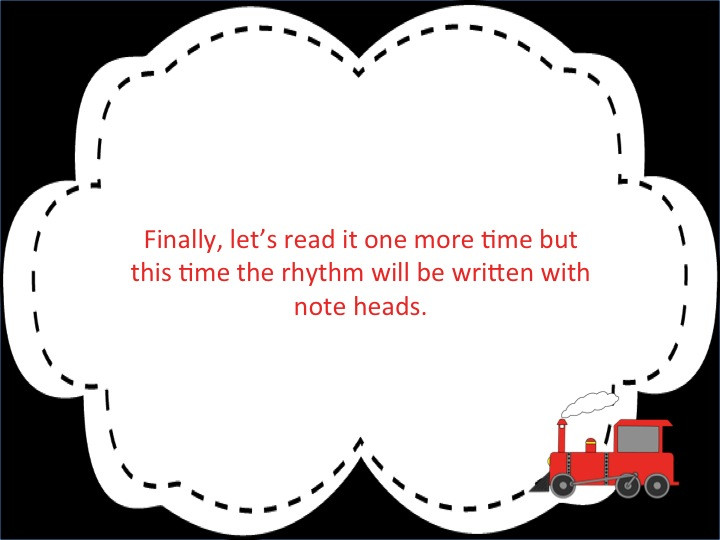 Slide13.jpg
Slide13.jpg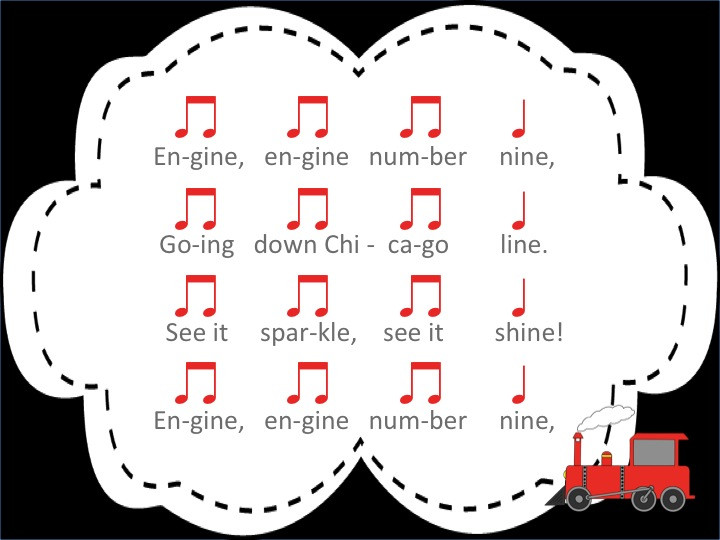 Slide14.jpg
Slide14.jpg Slide28.jpg
Slide28.jpg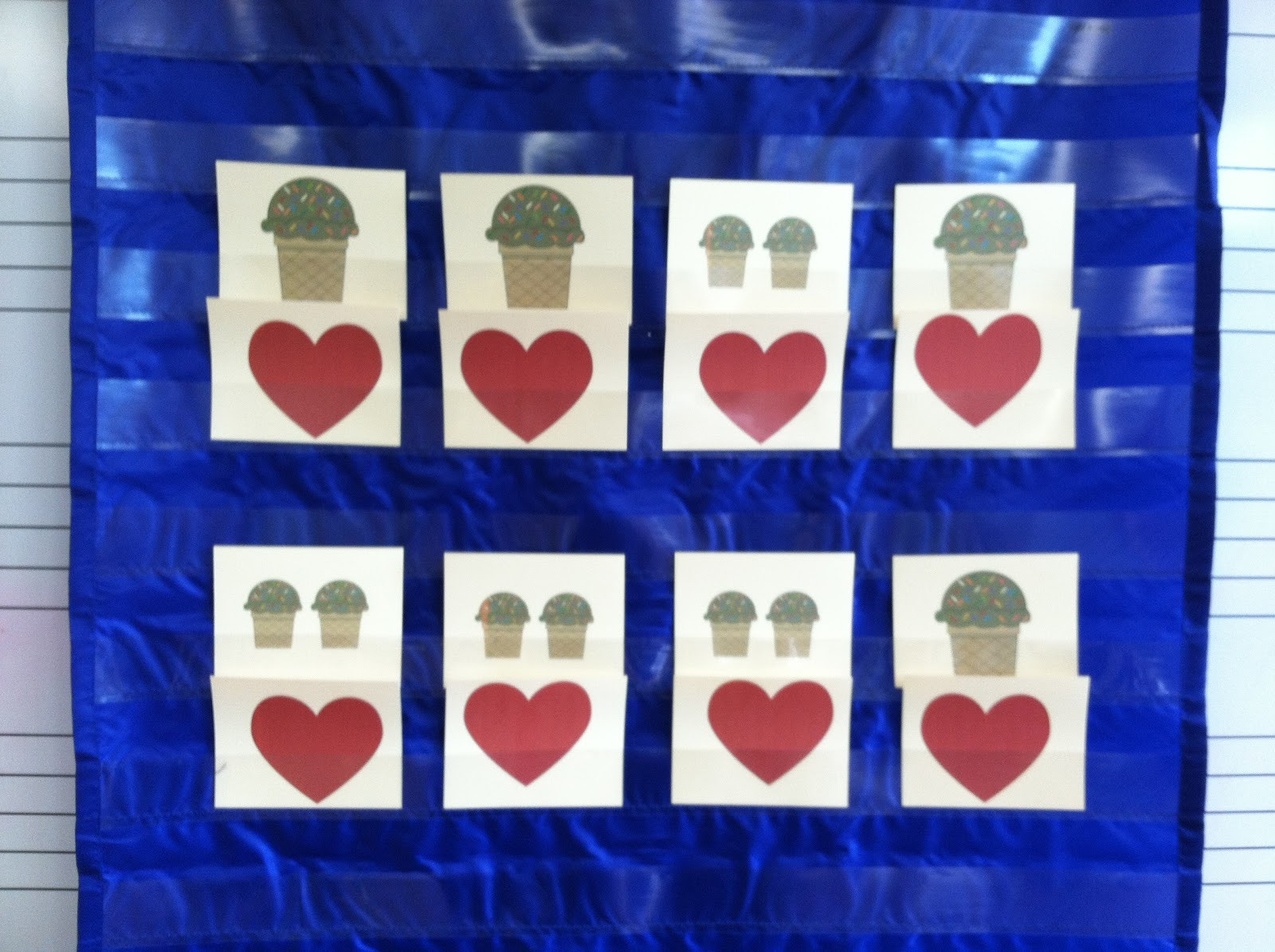 IMG_5146.JPG
IMG_5146.JPG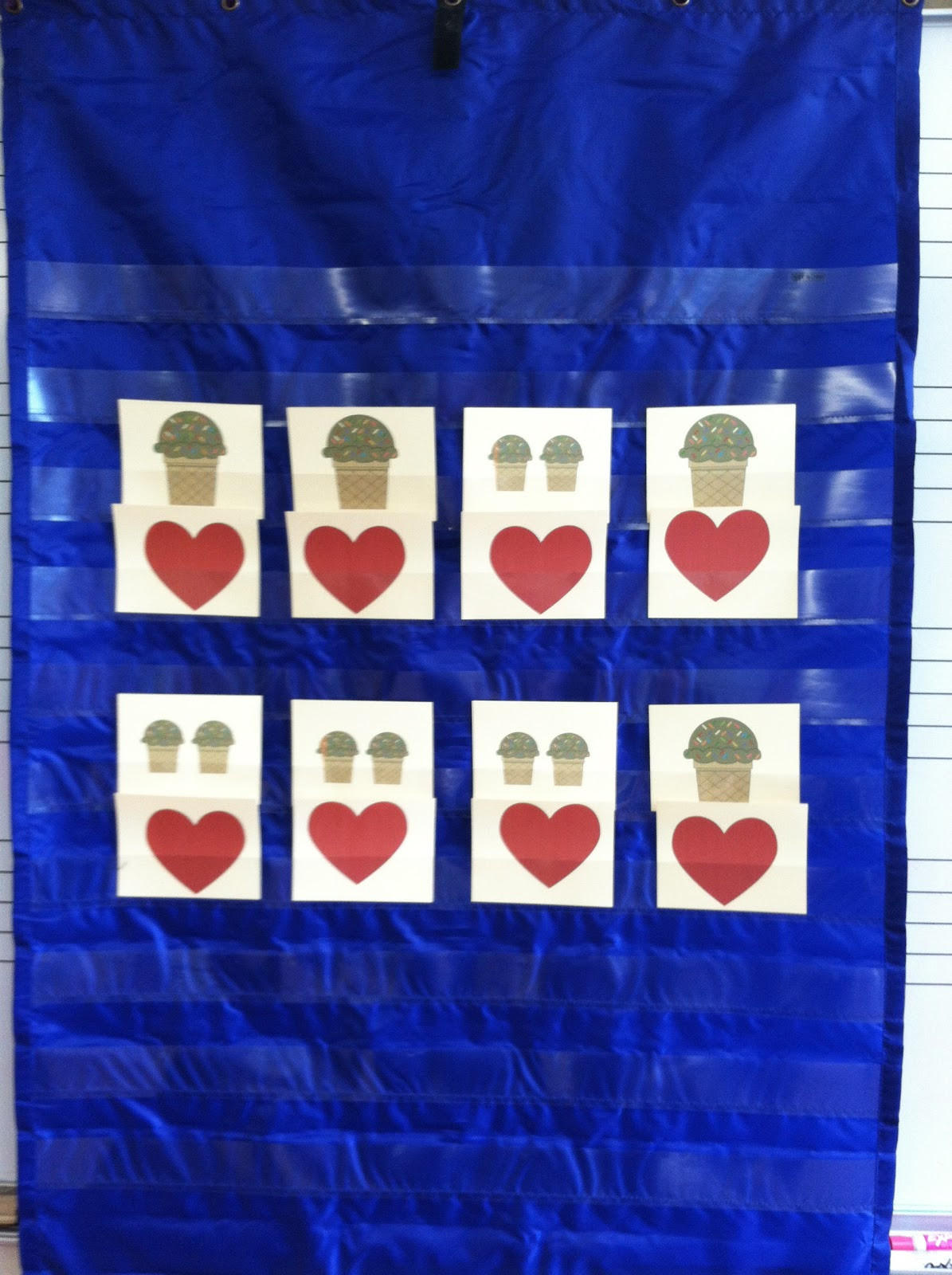 IMG_5145.jpg
IMG_5145.jpg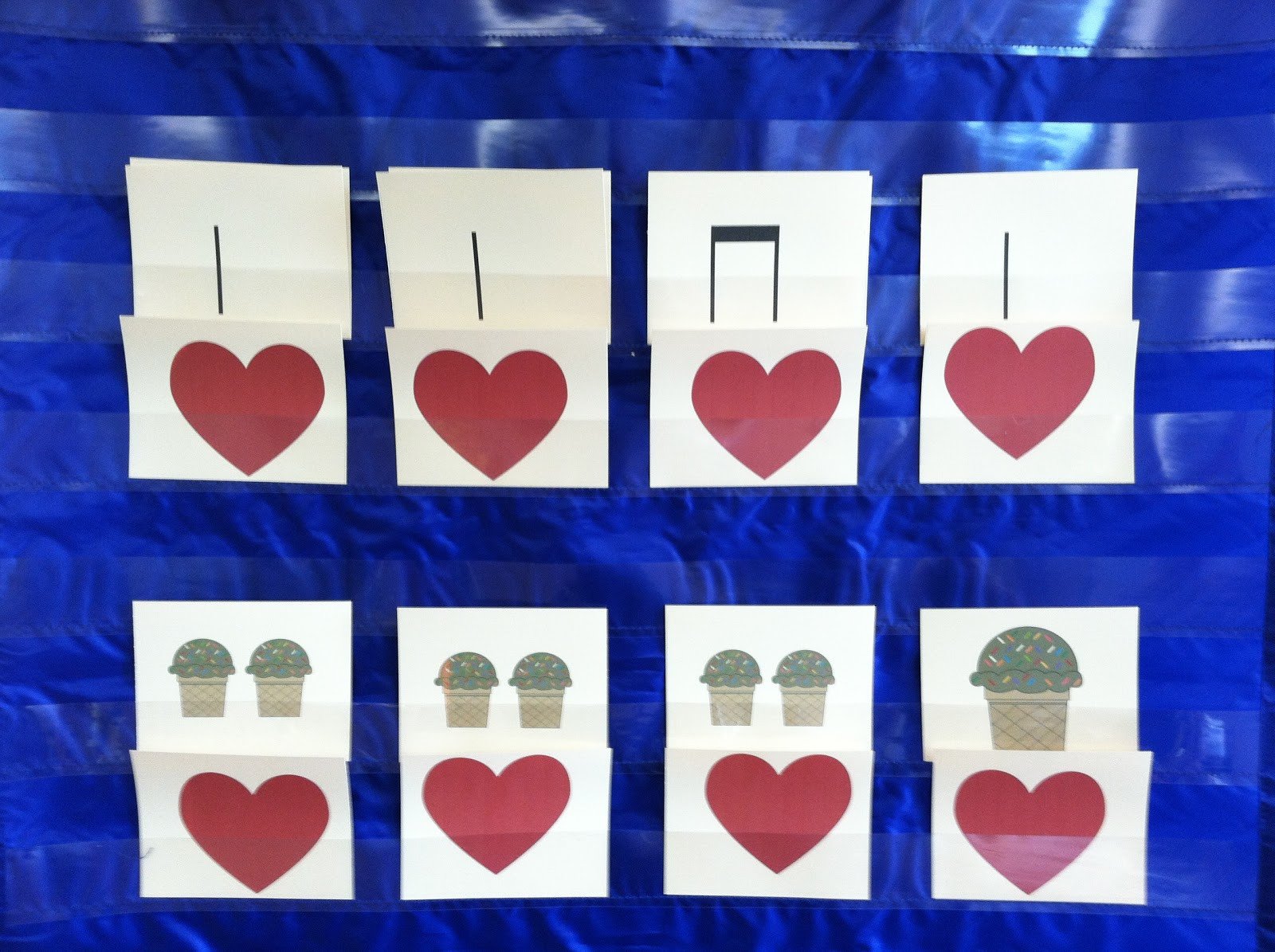 IMG_5147.JPG
IMG_5147.JPG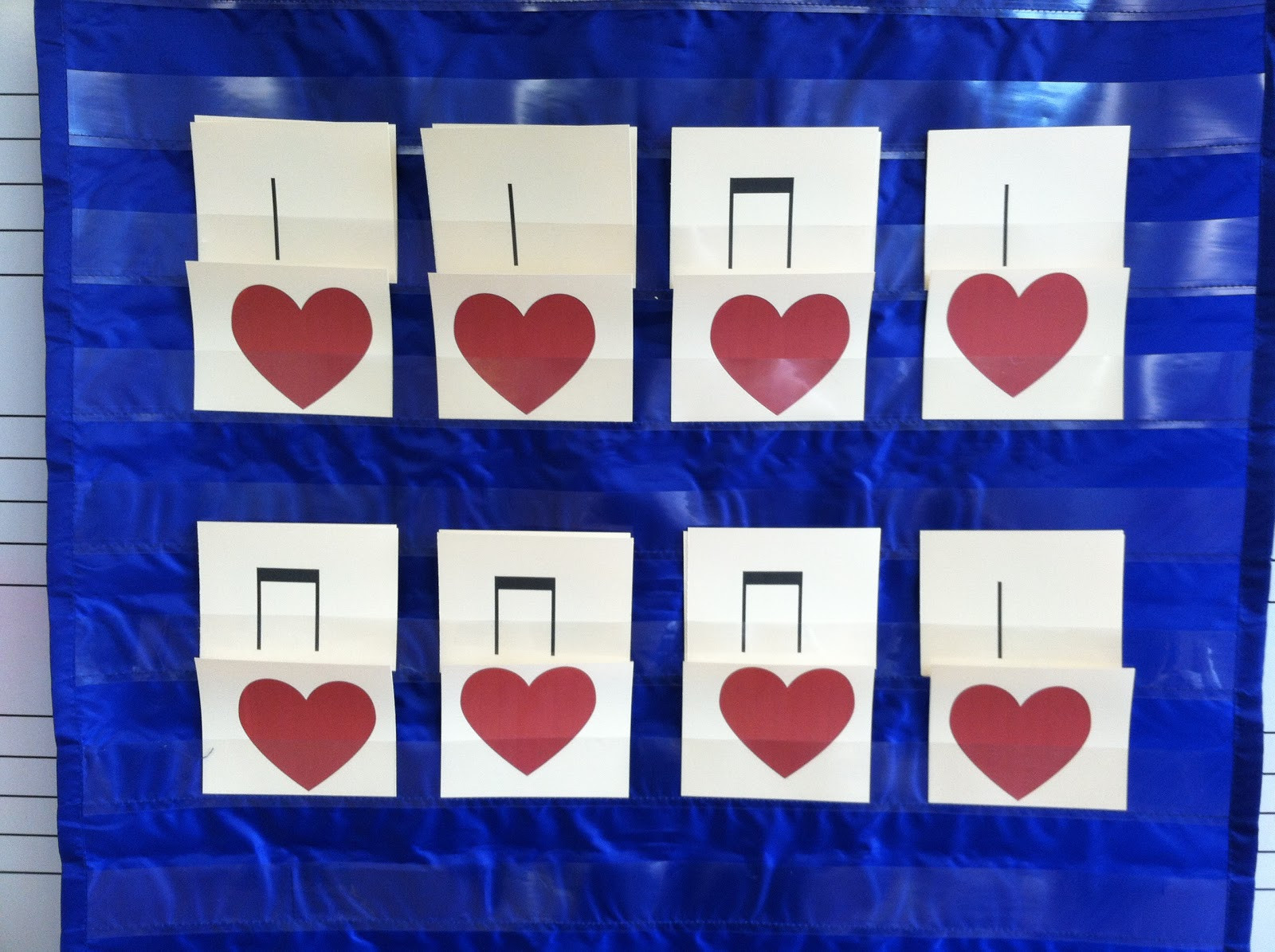 IMG_5149.JPG
IMG_5149.JPG IMG_5143.jpg
IMG_5143.jpg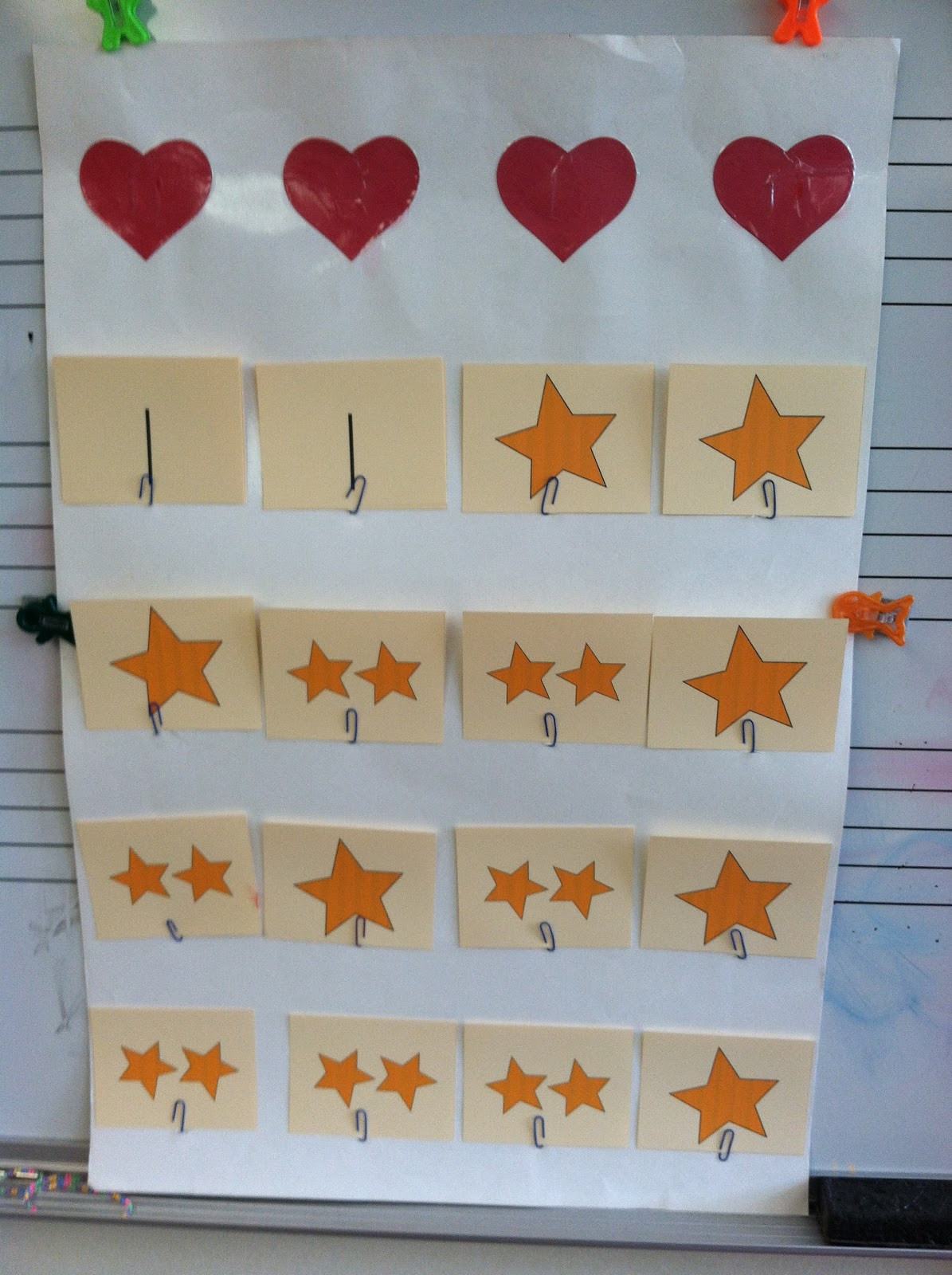 IMG_5150.jpg
IMG_5150.jpg